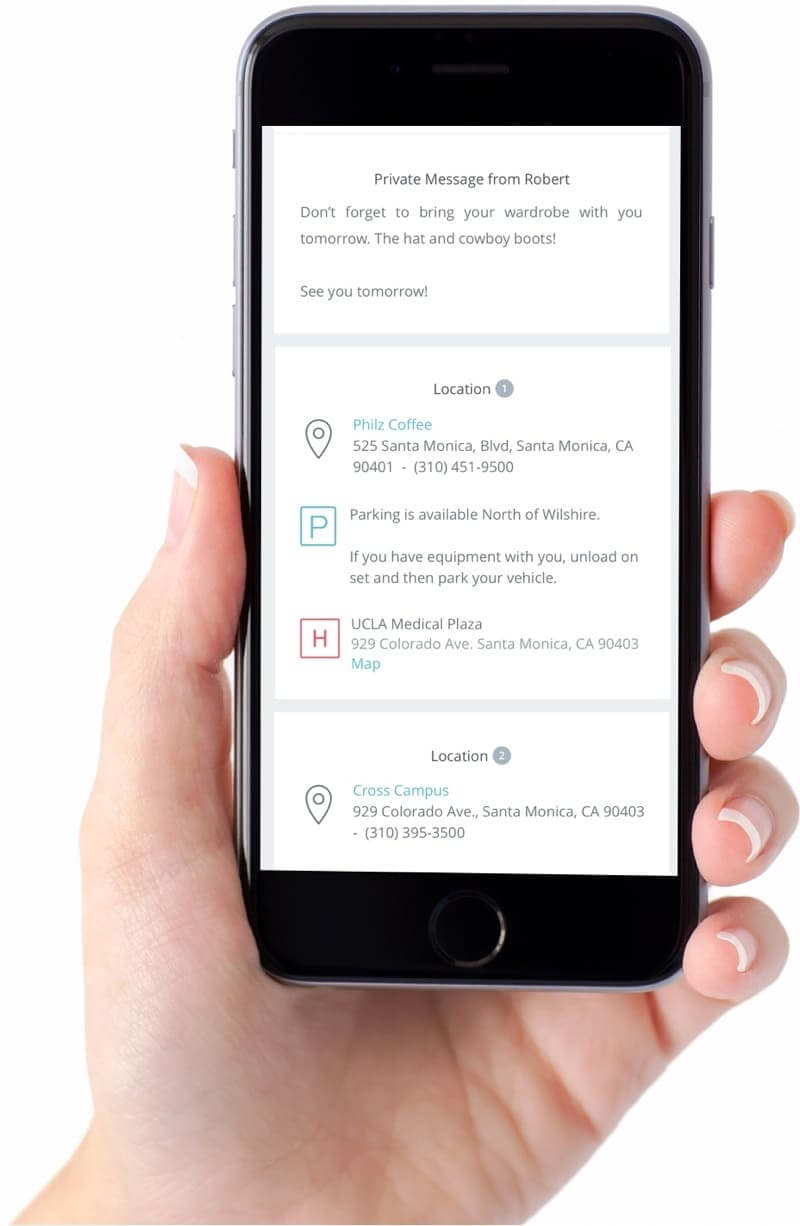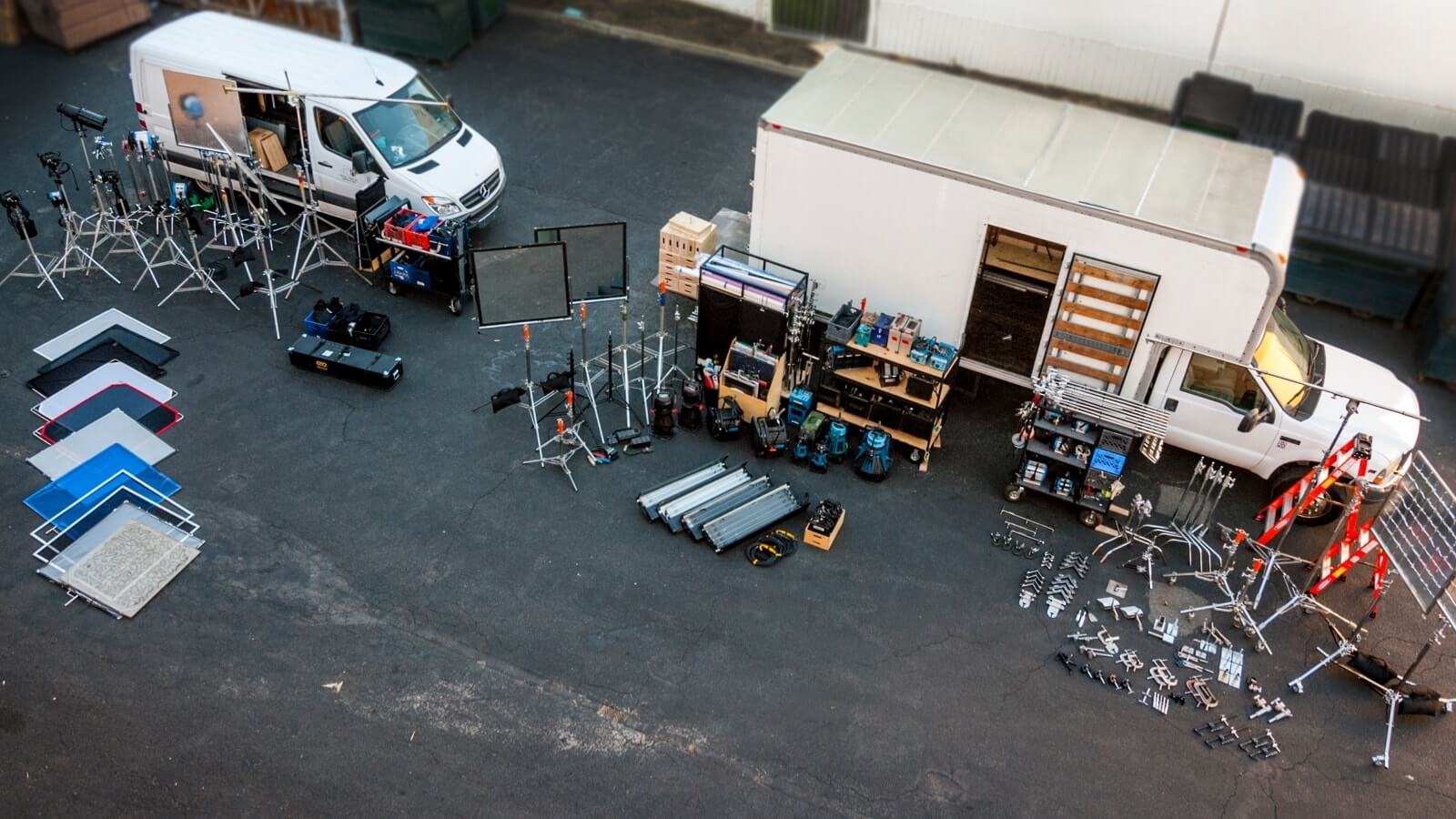Don’t want to fall behind the shooting schedule? Here’s how you can load in and load out more effectively when filming on location.
When a crew needs to repack equipment in one location (load out), and travel to another location where they can unload & rebuild (load in), it’s referred to as a company move. As you can imagine, this can be a lengthy process, especially on big shoots.
If you’re populating your film shooting schedule template, it’s important to factor in realistic move times. As a good rule of thumb, if you have a small team and minimal gear, estimate 30 minutes for each location plus travel time. If you have a indie feature size crew, the time should be doubled.
Here are a some pro tips to make sure you don’t fall behind the shooting schedule.
How to Load In & Out Without Falling Behind Schedule
1. Dispatch Breakout teams prior to company moves
In anticipation of a company move, send breakout teams to the next location to begin prepping, building out, and dressing the set before the main crew has left the first location.
HOW TO LOAD IN & OUT WITHOUT FALLING BEHIND SCHEDULE
2. Send upcoming talent to the next location
Make-up and wardrobe take time. If possible, send new talent to the next location rather than moving them from the previous location if they are not shooting there.
HOW TO LOAD IN & OUT WITHOUT FALLING BEHIND SCHEDULE
3. Recruit more PA’s to help with load in/load out.
Hire more PA’s for days with big company moves so they can help departments load out/load in quicker.
HOW TO LOAD IN & OUT WITHOUT FALLING BEHIND SCHEDULE
5. Include clear instructions on your call sheet
Nothing jeopardizes your shooting schedule faster than the cast and crew getting lost along the way to the next location. When crafting your call sheet, make sure to provide clear location and parking instructions.
HOW TO LOAD IN & OUT WITHOUT FALLING BEHIND SCHEDULE
6. Design maps for off-the-grid locations
If your locations are in remote areas with poor signage and cell reception, create a custom map and attach it to the call sheet. Make sure to include big arrows to point out key turns and parking locations. It would also be a good idea to bring hard copies of the map to the first location so you can hand them out in-person. If the location is particularly tricky, you can call a quick meeting on set to ensure a successful move.
For more tips, read best practices on map designs & filming on location.

Caption goes here...
Pro Tip: Use call sheet apps to reduce confusion
Call sheet and film scheduling software like StudioBinder formats the call sheet to display perfectly on mobile devices, making it easy for cast and crew to refer to the map links and parking instructions on-the-go. You can also append custom maps to the call sheet to circumvent confusion and delays to the shooting schedule.
up next
Conclusion
We hope these quick tips are helpful in ensuring better company moves for your next film shoot. As we mentioned earlier, a big part of a smooth move comes down to the call sheet, and that’s what we do best at StudioBinder. It’s totally free to prep your call sheets, but to unlock sending functionality, you must be on the Indie plan (or above).
